Central executive network
Overview
The central executive network (CEN), also known as the frontoparietal control network, is a cognitive system in the human brain that plays a critical role in goal-directed behavior and adaptive response to changing situations. It is one of the three major intrinsic connectivity networks (ICNs) identified by neuroimaging studies, the other two being the default mode network (DMN) and the salience network (SN).
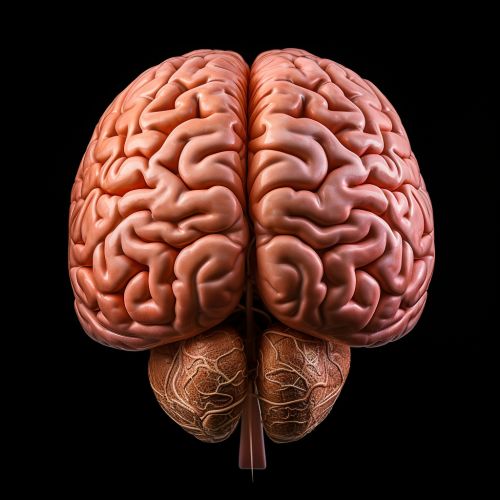
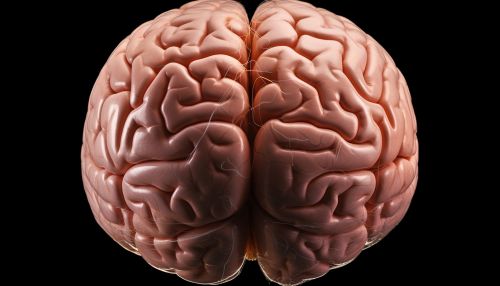
Structure and Function
The CEN primarily involves two regions of the brain: the dorsolateral prefrontal cortex (DLPFC) and the posterior parietal cortex (PPC). These areas are responsible for high-level cognitive functions such as attention, working memory, and cognitive control. The CEN is activated when a person engages in tasks that require these functions.
The DLPFC is involved in executive functions such as planning, decision-making, and inhibitory control. It is also associated with working memory, which is the ability to hold and manipulate information in the mind over short periods. The PPC, on the other hand, is involved in attention and spatial awareness, among other functions.
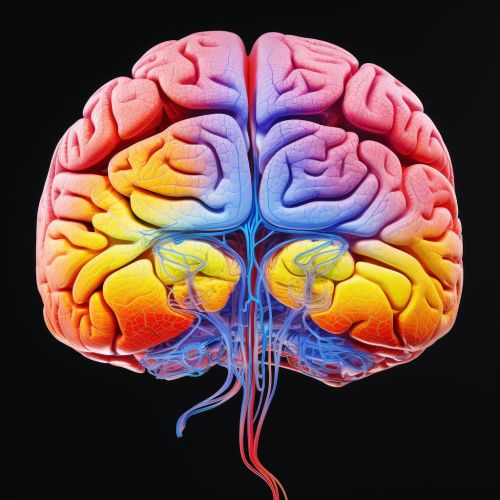
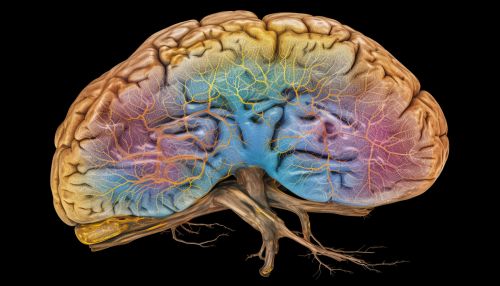
Relationship with Other Networks
The CEN, DMN, and SN are thought to work together to facilitate complex cognitive functions. The DMN is active when the mind is at rest and not focused on the outside world, such as during daydreaming or self-referential thinking. The SN, composed of the anterior cingulate cortex and the anterior insula, is involved in detecting and filtering relevant sensory information.
The CEN and DMN are usually anti-correlated, meaning that when one is active, the other is suppressed. This is thought to reflect the shift between internally and externally focused attention. The SN is believed to mediate this shift by detecting salient events and coordinating the activity of the CEN and DMN.
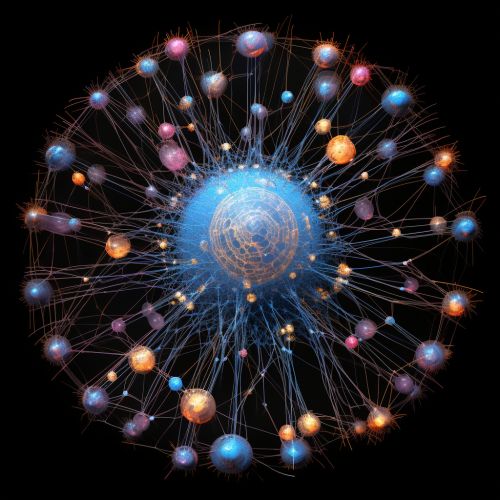
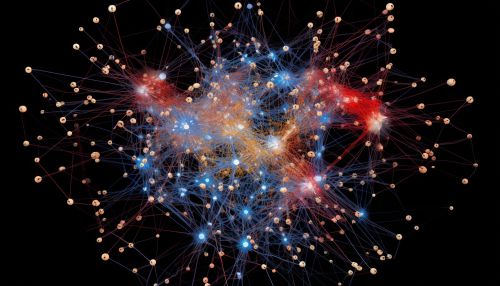
Role in Psychopathology
Abnormalities in the CEN have been implicated in various psychiatric and neurological disorders. For instance, alterations in CEN connectivity have been observed in schizophrenia, attention deficit hyperactivity disorder (ADHD), and Alzheimer's disease. These alterations are thought to underlie some of the cognitive deficits seen in these conditions.
In schizophrenia, there is evidence of reduced connectivity within the CEN, which may contribute to impairments in working memory and executive function. In ADHD, there is increased connectivity within the CEN, which may reflect compensatory mechanisms for attentional deficits. In Alzheimer's disease, there is decreased connectivity within the CEN, which may be related to cognitive decline.
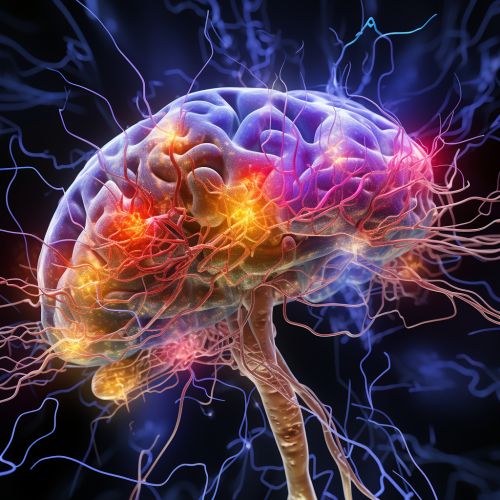
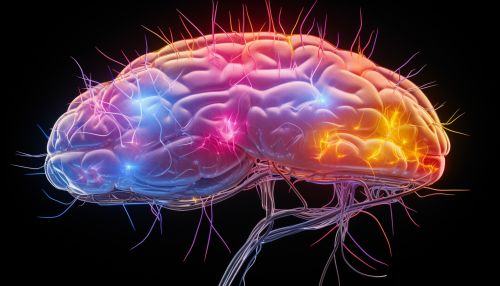
Future Directions
Research on the CEN is ongoing, with many questions remaining about its precise role in cognition and its involvement in disease. Advances in neuroimaging techniques, such as functional magnetic resonance imaging (fMRI) and diffusion tensor imaging (DTI), are expected to provide further insights into the structure and function of this network.
Understanding the CEN could have important implications for the diagnosis and treatment of psychiatric and neurological disorders. For instance, it could lead to the development of biomarkers for these conditions, or to the identification of new therapeutic targets.


